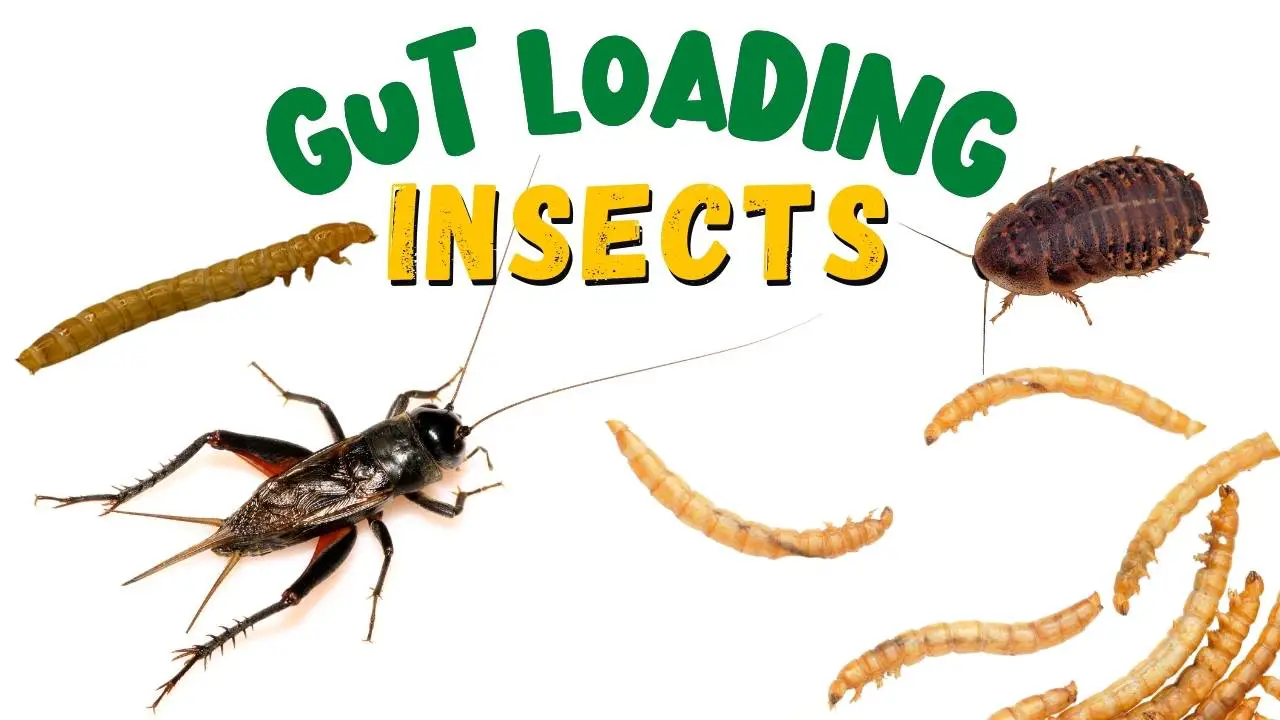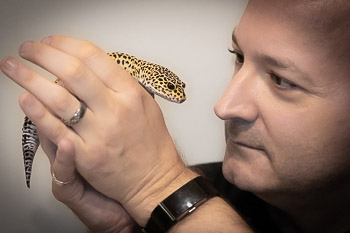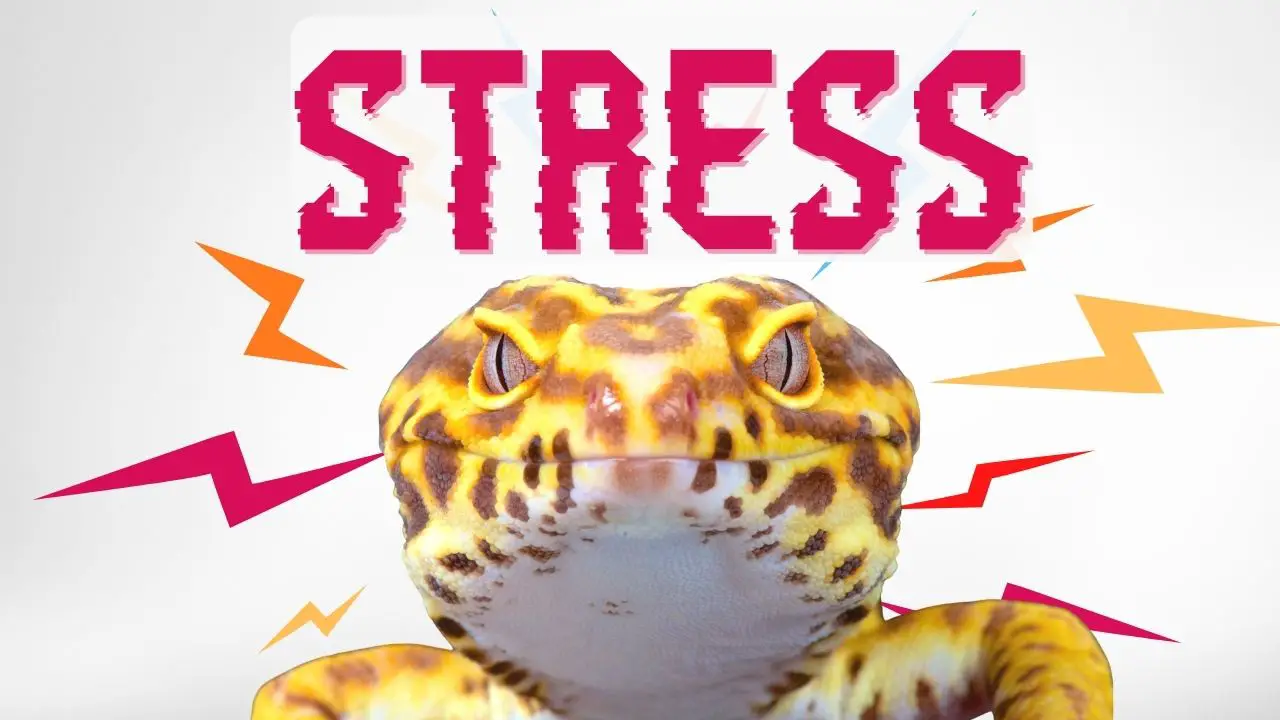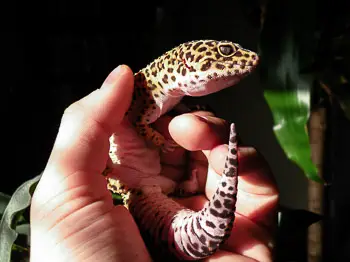s a responsible pet owner, you want to make sure you’re doing you best to provide for your animal’s well being. Feeding them the right kind of food is a must, and there’s a way to supercharge your feeding: Gut loading.
Gutloading refers to the practice of feeding feeder insects with nutrient-rich diets before offering them to pet reptiles as food. This method is crucial for pet reptile owners as gut loaded insects offer various benefits, including providing additional nutrients to the pet’s diet.
The insects’ digestive tracts absorb the nutrients such as calcium, minerals, vitamins, and moisture present in their food, ultimately passing them on to the consuming reptile. What your insects eat, your pet eats.
What is Gutloading?
Gutloading is a feeding practice that is crucial for maintaining the high nutritional value of feeder insects that are used to feed leopard geckos. Feeder insects such as mealworms, Morio worms, Dubia Roaches, crickets, and locusts may not have the best nutritional profile, but by gutloading them with high-quality food, the goodness from the insects is passed onto the geckos.
This is important because malnourished geckos could develop Metabolic Bone Disease (MBD), which is a debilitating condition that affects their bones and can lead to paralysis or death.
The benefits of gutloading go beyond just providing good nutrition to the geckos. Gutloading ensures that the feeder insects do not have fertility or digestive issues, which can cause problems for the geckos that eat them. It also allows for the incorporation of supplements such as calcium, which is crucial for the development of strong bones.
Leafy greens such as lettuce, kale, and spinach can be used for gutloading, and the practice should be done for at least 24 hours before feeding the insects to the geckos.
Why is Gutloading Important?
Feeder insects that lack proper nutrition can lead to health issues in leopard geckos, such as Metabolic Bone Disease, which can weaken their bones and affect their mobility. This is why gutloading is key to healthy leopard geckos.
By feeding the insects nutritious foods before they are consumed by the gecko, the gecko will receive the nutrients it needs to stay healthy and thrive.
Ultimately, gutloading is an essential practice that all reptile owners should implement to ensure the well-being of their pets.
Best Foods for Gutloading
A nutritious and varied diet for insects is essential for ensuring optimal health and nutrition for reptiles. When it comes to gutloading, the choice of food is crucial.
Leafy greens such as kale, collard greens, and dandelion greens are excellent sources of vitamins and minerals that can benefit both insects and reptiles. Other vegetables like carrots, sweet potatoes, and squash can also be used for gutloading, providing beta-carotene and other essential nutrients. Fresh fruits are also beneficial.
Protein sources are equally important when it comes to gutloading. Insects like crickets, mealworms, and Dubia roaches can be fed a high-protein diet with chicken or fish food, while locusts and silkworms can be fed on a diet of commercial insect food, and even cat food.
For lizard like leopard geckos that cannot digest fruits or vegetables, they can get these nutrients by consuming insects that have just eaten the plants. Omnivores like bearded dragons should eat vegetables as part of their diet, though gut loading their feeder insects help provide a nutritious diet.
Common species of feeder insects that require gut loading include field crickets, dubia roaches, and mealworms.
While the insects can get some moisture from eating vegetables, don’t forget to provide a water source for your insects. Water dishes can spill or be a drowning hazard. Water pouches can be a safer option.
Is gutloading the same as feeding insects?
Gut loading insects and feeding them with healthy food are not the same things. While feeding insects a healthy diet is important, gut loading is the practice of feeding insects a nutritious diet rich in essential nutrients, minerals, and vitamins, with the purpose of delivering those nutrients to the pet reptile. In other words: Gut loading is for your pet, not the insect
Feeder insects that are gut loaded can provide critical nutrients for captive reptiles, as well as help maintain a balanced calcium intake. Dubia roaches, field crickets, and other species of feeder insects can all be gut loaded to provide a complete and high-calcium diet for pet lizards, monitor lizards, and other insectivorous reptiles.
Related Post: Check out our Leopard Gecko Feeding Guide for more on your gecko’s dietary needs
Wrap up – Gut Loading Feeder Insects
Gutloading is a crucial aspect of feeding captive reptiles like leopard geckos, as it ensures they receive the necessary nutrients for optimal health. By providing a variety of high-quality fresh foods, such as leafy greens, and calcium supplements, gecko owners can prevent MBD and other serious health issues.
Additionally, gutloading can improve the health and longevity of feeder insects, which can lead to healthier geckos and a more sustainable feeding system.
Overall, the importance of gutloading cannot be overstated for leopard gecko care. By incorporating this practice into their feeding routine, reptile owners can ensure their pets are receiving the nutrition they need to thrive.
With a little bit of effort and attention to detail, gecko owners can provide their pets with a healthy and fulfilling diet that will keep them happy and healthy for years to come.





